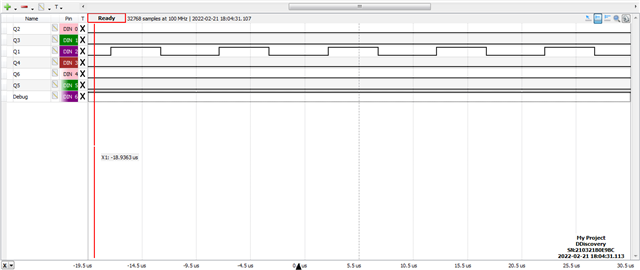Other Parts Discussed in Thread: TIDM-02000, TIDM-1001
Hi Champ,
I am asking for my customer. They are studying on our reference design TIDM-02000, and wish to implement on their product.
There are some questions about the source code, may need the experts or author comment ?
1). As I know, the published reference design content isn't implementing the burst mode. For their real project, how do the customers implement burst mode? Will the part be released or any example code?
2). Can could we adjust the dead time at run time? Any example code?
3). Can we change the SR mode at run time?
4). How to get the slope compensation value (PSFB_SLOPE_INITIAL)? Any formula?
Thanks and regards,
Johnny


